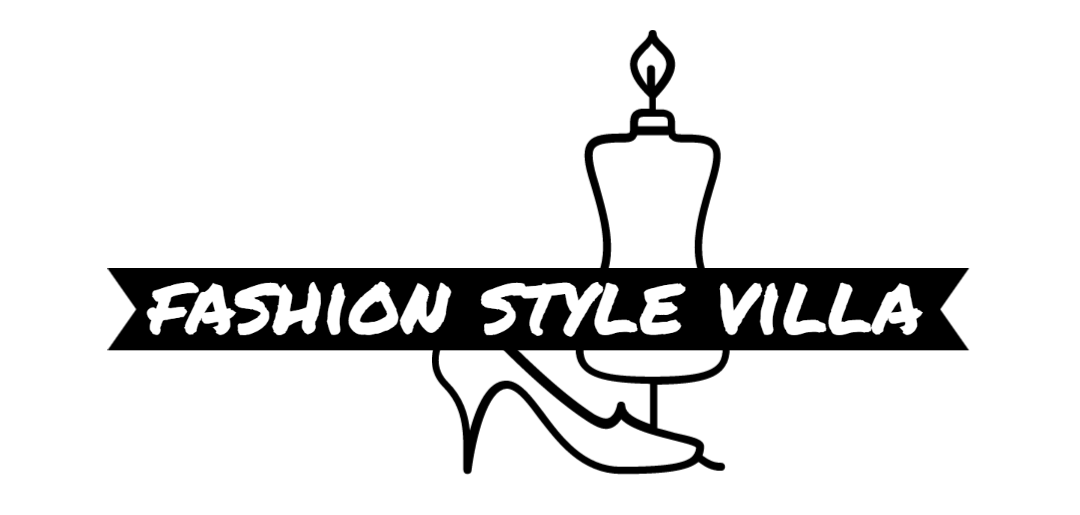
Ever seen a logo or graphic and wondered, “Wow, how is that so sharp?” That’s probably 3D Vector Design. It makes images pop. Crisp edges. Smooth curves. No blurring. And it works anywhere. On screens. On merch. On print. This guide will walk you through it. Simple. Easy. Even if you’re just starting.
Basically, 3D Vector Design is a way to create graphics using math instead of pixels. Yep. No pixel stretching. No blurry zoom-ins. That’s why it’s perfect for logos, illustrations, and even embroidery projects. You can scale your design up or down, and it stays perfect. Super useful for branding. And yes, it’s heavily used in the embroidery business too.
Whether you’re ordering custom apparel or creating digital art, this design style keeps everything clean. Many brands combine it with vector art services or custom embroidery digitizing for hats, hoodies, or t-shirts. Makes production much easier. Less stress. Less wasted time.
Why 3D Vector Design Is a Game-Changer
Visuals are everything. If your graphics look flat, people notice. They remember flat, boring designs less. But 3D Vector Design gives depth. Dimension. Life. It’s the difference between “meh” and “wow.”
Businesses love it. Startups love it. Even big companies can’t get enough. The reason? Flexibility. One design works for billboards, mugs, social media, and even embroidery. Yes, it’s that versatile.
Also, when preparing artwork for embroidery, a clean vector file helps. Your embroidery digitizing service can translate it into the dst file format without losing details. Makes the stitching process smooth.
How 3D Vector Design Actually Works
Think layers, curves, gradients, and lighting. That’s the magic. Designers use specialized software to create shapes. Then they add highlights and shadows. These tricks make the artwork feel 3D.
Tools like Adobe Illustrator or CorelDRAW are favourites. They give total control over points and curves. Designers can adjust angles, thickness, or color transitions. That’s why logos pop off the page—or shirt.
Because the file is vector-based, it’s easy to edit later. Colors change. Shapes tweak. Even details scale perfectly. Very convenient for branding or when using custom embroidery digitizing.
Where You’ll See 3D Vector Design
Pretty much everywhere. Marketing campaigns, icons, product packaging, t-shirts, social media posts—name it. Any brand looking sharp probably uses it.
It’s even more important for the embroidery business. Vector files help stitchers convert designs to the dst file format. That keeps lines sharp. Text readable. Logos bold. No wasted thread or ruined products.
Fashion, tech, gaming, sports, YouTube merchthey all use this technique. Works for every style. Every industry.
Why Professionals Prefer It
Vector files are scalable. Always crisp. Always editable. Lightweight, too. You don’t need huge files for big prints. And editing? A breeze.
Brands often pair 3D vectors with best embroidery digitizing services. That ensures designs stitch cleanly. Thick lines, precise borders, everything lined up perfectly. Even complex gradients can translate well with proper digitizing.
Plus, you can reuse the same design for multiple platforms. Save time. Save money. Keep branding consistent.
How 3D Vector Design Boosts Branding
Flat logos are forgettable. 3D logos? Memorable. People notice. They remember. That’s why branding experts love it.
Vector designs make logos pop off shirts, mugs, banners, and more. That extra depth gives a premium feel. Even small tweaks, like subtle shadows or bold outlines, change perception.
And if you’re prepping apparel, this is where vector art services meet embroidery. Your digitizer reads the file, tweaks for stitch patterns, and creates sharp, professional embroidery.
How Designers Make 3D Vector Graphics
It’s all about layers. Multiple layers. Shadows. Highlights. Gradients. Anchor points. Curves. Tiny adjustments everywhere.
Even if the file is “flat” technically, your eye sees depth. That’s why it looks 3D. Designers take care to make it readable and scalable. Too much detail? It won’t work. Too simple? Boring. Balance is key.
A solid custom embroidery digitizing team knows this. They adjust stitch types and paths so every detail is captured perfectly.
File Formats and Compatibility
Vector files are flexible. Export them anywhere. Print. Cut. Engrave. Embroider. Works everywhere.
When preparing embroidery, vectors often convert to dst file format. This tells the machine exactly where to stitch, trim, and move. Mistakes happen if the vector isn’t clean. That’s why quality digitizing matters.
How to Know if 3D Vector Design Fits Your Project
Launching a brand? Yes. Updating a logo? Definitely. Merchandise, packaging, or embroidery? Absolutely.
If you want sharp visuals, scalability, and a modern feel, this is the way to go. Combine it with best embroidery digitizing or vector art services, and you’re set.
Even beginners benefit. With the right software, tutorials, and guidance from pros, you can start producing professional-quality graphics fast.
Quick Tips for Beginners
Keep artwork simple but bold.
Use clean vector files, preferably AI or SVG.
Communicate exact colors for embroidery.
Test a small sample before mass production.
Work with experienced digitizing services.
These small steps save headaches later. And they make sure your design stays readable, bold, and professional.
3D Vector Design in the Embroidery Business
Hoodies, hats, jacketsvector files are critical. Your embroidery business depends on clean vectors. Designers digitize the vector, preparing it for stitching. Every anchor point counts. Every stitch matters.
With clean vectors, the dst file format translates well into physical stitches. Lines stay sharp. Letters readable. Logos vibrant. And specialty techniques like 3D puff or layered embroidery become easier.
Good digitizing also prevents wasted thread, damaged garments, and unhappy customers. Saves time. Saves money. And builds a reliable brand image.
Conclusion
3D Vector Design isn’t just a trend. It’s a foundational tool for modern design and branding. Crisp, scalable, and versatile, it works for print, digital, and even embroidery. Using proper vector art services and experienced custom embroidery digitizing ensures your designs translate perfectly. Whether creating logos, merch, or apparel, this approach guarantees precision, professionalism, and eye-catching results. And when you need fast, reliable, and accurate conversion into stitch-ready files, 1dollardigitizing is a go-to solution for designers and brands alike.
